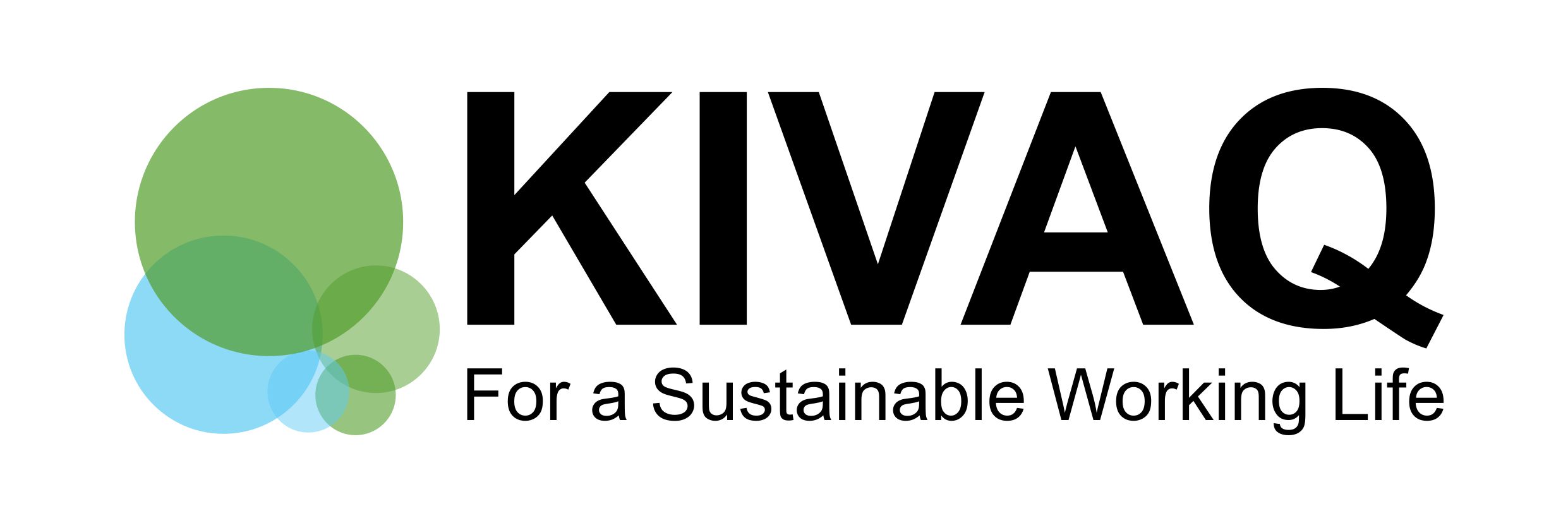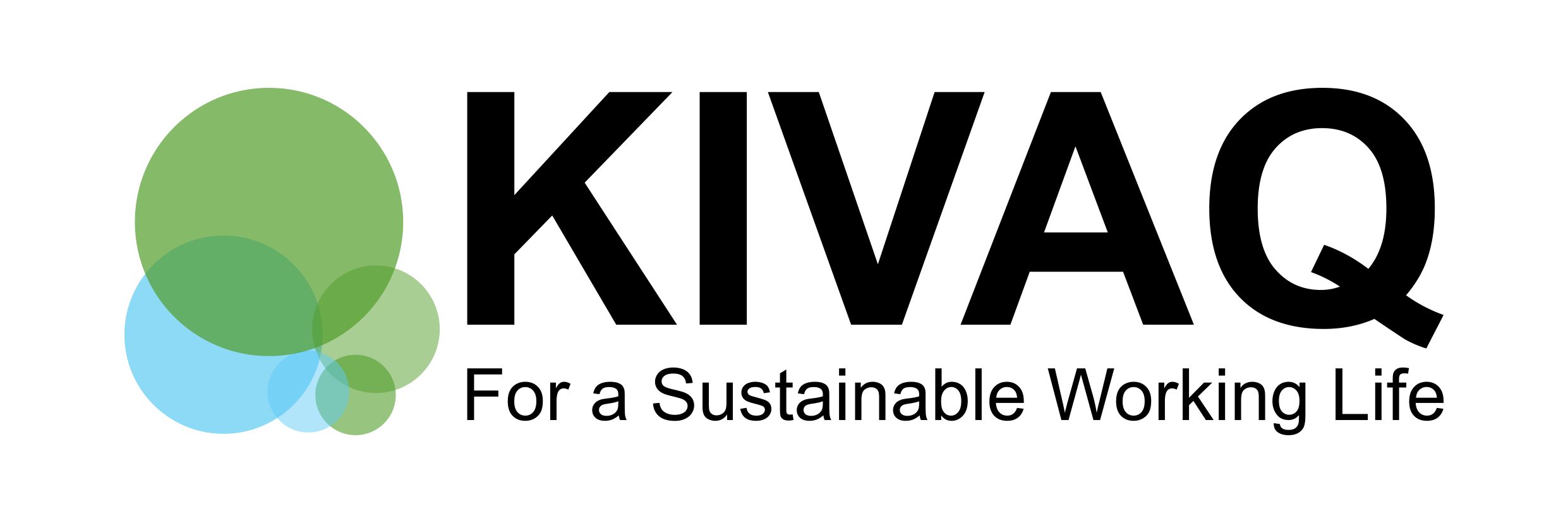Vem är du och vad gör du?
Mirja Ulmanen, utbildning och utveckling Mirja Ulmanen Oy, www.koulutuspalvelut.fi
Jag tillhandahåller utbildning och utvecklingstjänster till företag och arbetsgrupper i alla storlekar. Arbetsvälbefinnande är ett viktigt inslag i varje coaching. Jag erbjuder inte ett färdiga konsultpaket, utan varje coaching är skräddarsydd för varje behov och uppdrag. Arbetsgemenskapen är en gemenskap, det är därför min coaching också arbetar med grupper. Också besvärliga saker kommer fram och diskuteras i en facilitatorstyrd grupp, oavsett om det handlar om nya arbetssätt eller dålig personlig kemi. I en trygg atmosfär kan du säga högt, ställa frågor, avreagera sig, argumentera och även fnysa. Jag vidarebefordrar både bra och dåliga saker. Det är viktigt att man verkligen lyssnar på människor, både när det gäller välbefinnande och illamående. Motto: ”jag använder alltid också en lämplig dos humor”.
Varför började du använda KivaQ W-arbetsvälbefinnandeenkäten?
Själv deltog jag i en undersökning för kvinnliga företagare för ungefär tio år sedan. Jag gillade enkätens enkelhet och genomgång av undersökningen och hur medarbetarna själva är involverade i utvecklingsarbetet. När allt kommer omkring känner medarbetarna till fallgroparna i det dagliga arbetet i praktiken. Verktyget verkade lämpligt för mina konsulteringsaktiviteter och jag deltog i en fasilitatorutbildning som organiserades av KivaQ Oy Ab.
Vilka är fördelarna för dig som konsult och för dina kunder?
Som konsult uppskattar jag att jag kan utföra undersökningen tillsammans med kunden utan tredje part, själva implementeringen är vid behov supersnabb och svarsprocenten har glatt överraskat mina kunder. Tillika stöder bearbetningen av resultaten företagets redan pågående utvecklingsprojekt. Med hjälp av enkäten har jag också kunnat komma in i företaget och fortsätta utvecklingsarbetet, till exempel Lean-projekten. Av enkäten får jag också information om effektiviteten av min arbetsinstats.
Kunden betalar inte för onödigheter och enkäten ger bra numeriska indikatorer att följa upp. Det är enkelt för kunden att lära sig tolka enkäten eftersom man inte drunknar i onödig information av den korta enkäten. Undersökningen avslöjar snabbt utvecklingsbehov. Jag har ofta lagt till ytterligare frågor i enkäten som är relevanta för just det enskilda företaget.
Vad skulle du rekommendera till andra arbetslivsutvecklingskonsulter?
Utforska och testa enkäten och workshoppen. Delta själv i utbildningen. Du får ett bra verktyg för ditt företag utan onödiga licenser eller kontrakt. Om det behövs kan du få expertstöd från KivaQ. Du kommer att få tillgång till mer än 30 000 svar från referensmaterialet. Applikationens snabba korstabellering är ett mycket bra sätt att engagera hela personalen.


